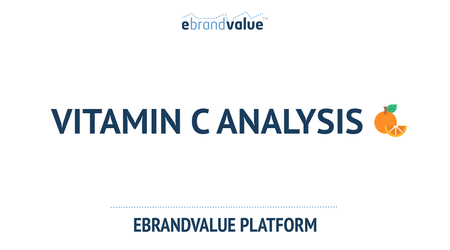Brand value is simply the sale or replacement value of a brand. This definition may be relevant for investors and for folks who need to include a "goodwill" term in the right hand side of the balance sheet. Such an accounting entry captures the net present value of long-term value, that is created through the investments on brand assets. Note that having such an entry in the balance sheet also enables managers to take brand related costs as not expenses but rather as investments with a long-term pay-off.
How to Calculate Brand Value?
One way to capture brand value is to look at the achieved "revenue premium" over non-branded generic alternatives. A generic or private label brand where advertising and brand investment do not exist can be a good candidate for the non-branded alternative. There are other important issues to consider in identifying this revenue premium. First of all, the market where the premium will be calculated should be identified. Identifying the market can be quite challenging in most cases. Too broad market definitions will lead to niche brands valued less where as too narrow market definition will lead to low valuations for mass brands. One may also use "served market" as the basis of the market defintion. This may create further biases as the served market may capture only the loyal customers. For example, as the loyalties change, such a segment will probably need to be redefined. In addition, the firm will be blind to peripheral, emerging developments where product category may be threatened, potentially leading to a marketing myopia.
Instead of the above "revenue premium" approach, we believe a better way to track a brand's value is to value the customers. That is, find each customer, the customer's lifetime value and sum over all these current customers. Of course, one also needs to look at the rate at which the brand is gaining new customers and calculate a valuation for the future customers using their projected lifetime valuations. Once Current and Future customers are valued, the sum will provide a value for the brand. This approach requires calculating and approximating certain parameters such as margins or defection probabilities. But, given the technological advances, these can be done with a big-data infrastructure at mass scale, close to real time.
How Can Brand Value Be Useful for Day-to-Day Operations?
One important use of such a brand-value metric is the information gained when looking at the directional changes. That is, one can identify the brands gaining value versus the brands loosing value. Further investigations may suggest, a variety of factors such as defection rates, effective campaigns, or a variety of market-based developments. By breaking down to the market and consumer insights, one can create meaningful campaigns with investments justified by the brand value changes.
Ultimately, campaigns' $ returns on brands provide the most meaningful metrics. Given the pressure to move to accountable budgeting (e.g., approaches similar to Zero-Based Budgeting) on marketing managers, metrics are essential to justify brand related costs and future campaigns. eBrandValue platform is designed from bottom up to deliver real-time brand value and to provide marketing accountability.
To learn more about eBrandValue Platform, and how such metrics influence brand value, contact us using the form below.







